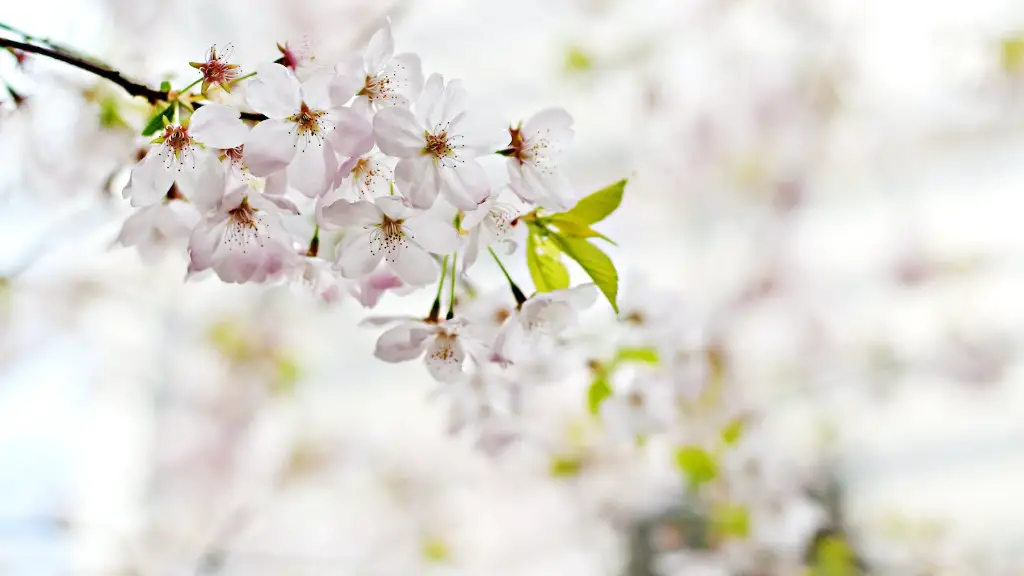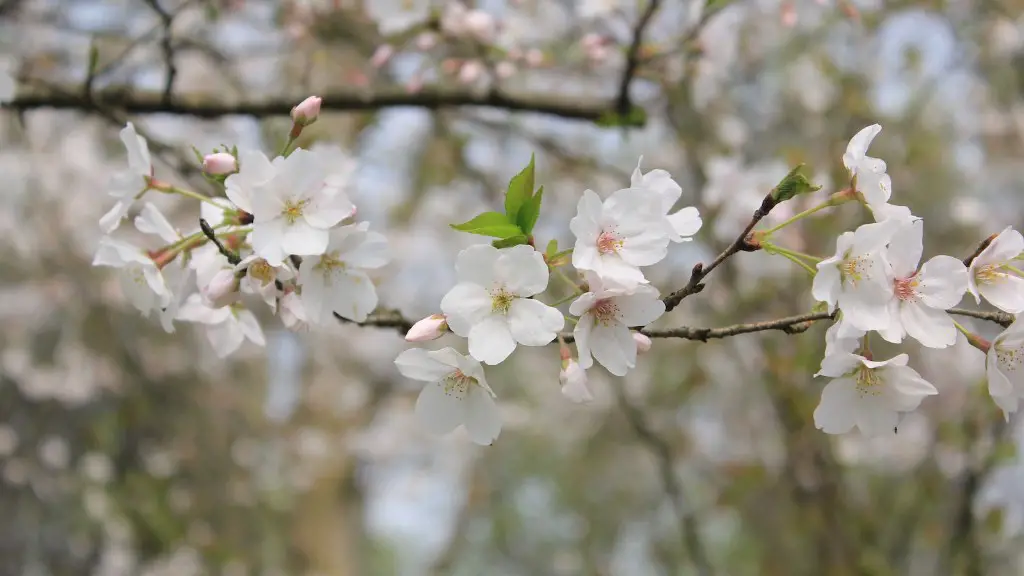Pruning and Training
When it comes to training and pruning cherry trees, successful cherry tree gardeners understand the importance of making sure that their trees have the right structure, balance and shape in order to increase their yields. It is a process that requires careful pruning techniques, proper balance and a patienceto wait whilst the tree’s structure continues to build over time. Pruning for size control should be done when the tree is young, as this results in a more balanced tree which can then be easily trained. Pruning must be done carefully to ensure that the overall balanced shape is maintained, and any shoots that are growing in the wrong direction must be immediately removed.
Train the Trunk
Whilst the cherry tree is still young, the trunk needs to be trained. Supporting it with a stake or training wire should help to reduce the risk of any potential damage during strong winds or heavy rain. This also helps to gradually shape the trunk into an upright form and straightens any wide angles or bends. Although it might be tempting to hack away at the trunk, it is best to keep in mind that cherry trees are long-term investments and should be treated with respect.
Pruning
Whilst the cherry tree is pruned, it is important that the skeleton shape is established; this means that the scaffold limbs should be evenly spaced and its highest point should be lower than the trunk. As the tree grows,light pruning can be done in order to promote branch tips and prevent any branches from getting too large. The ideal pruning method for cherry trees is an open vase shape pruning, which encourages fruiting wood to develop and makes picking easier.
Water Management
Correctly managing the water of a cherry tree can help to improve its yield and overall quality of its fruit.Experts suggest that the tree should be watered deeply once per week during summer and spring months in order to avoid shallow rooting. It is important to monitor the moisture in the soil and use drip irrigation or soaker hoses in order to keep the tree’s roots evenly moist and well-distributed.
Fertilizer
In order to ensure that the cherry tree receives all the essential nutrients it needs, fertilizer must be added throughout the year.Application of a balanced fertiliser is suggested for cherry trees, as this will ensure that it is appropriately nourished. When applying fertilizer to the cherry tree, it is important to pay attention to the type and rate of fertilizer used; too much fertilizer can lead to excessive vegetative growth and insufficient fruiting wood.
Insect and Disease Control
Insect and diseases can not only ruin a cherry tree’s chance of success, but it can lead to significant losses in any potential harvests.It is important to regularly monitor the tree’s leaves and branches, and in doing so any manifestation of an insect or disease can be easily spotted. If any potential issues are found, the recommended course of action is to act quickly in order to reduce the spread of the infestation and to prevent it escalating further.
Shade Control
Compared to other tree varieties, cherry trees need to receive adequate sunlight in order to thrive.Over shading of the tree can be problematic not just for its fruiting, but also its overall health.If the cherry tree is situated in a shaded location,consider carefully pruning the tree to allow more light to reach the canopy.
Pollination
Cherry trees require insects for the pollination of its flowers in order for it to set fruit.Inspect the flowers for visiting insects regularly and if there are insufficient, then manual pollination using a paintbrush can help ensure pollination of the flowers.Planting other pollinator-friendly plants such as lavender, mint, sunflowers and crocuses near the cherry tree can also help to attract pollinators like bees, butterflies and moths.
Staking and Support
Many cherry tree varieties can become heavy with fruit and therefore, it is important to consider providing extra strength and support if required in order to prevent any potential damage.For young cherry trees, staking and wires for support can help to keep the plant upright, this also reduces the need for further pruning to achieve a balanced structure.
Harvesting
When it comes time to harvest, selecting the right time is key in order to get the best fruit from the tree.Experts suggest to pick cherries when they are still slightly firm; if harvested too early, the fruit are likely to be immature, and if picked too late, they are likely to be over-ripe. Furthermore, cherries must be picked carefully as they are easily bruised, so always ensure to pick cherries when they are at the right maturity and handle them with care.
Temperature Control
Cherry trees require cold temperatures in order to reach its peak fruit production, this is why they must be planted in locations where they can receive the required winter temperatures. Although some cherry trees might be able to tolerate slightly warmer temperatures, cherry trees that are located in colder regions are more likely to have a better yield.
Irrigation Timing
Knowing when to irrigate the cherry tree is important in order to maintain a healthy tree and its subsequently quality of fruit.The ideal time to irrigate is either during the evening or early morning, as this allows the water to reach the tree’s roots without evaporating during the day. Furthermore, when irrigating the cherry tree, it is important to not over water it,as excessive water can cause the plants roots to become waterlogged, which reduces the amount of oxygen available to the plant and can lead to plant stress and root rot.
Pesticides and Herbicides
Cherry trees are more prone to pest and disease attack compared to other tree varieties, and if left untreated, can significantly reduce the harvest’s yield.Whilst it might be tempting to use harsh chemicals to control the



